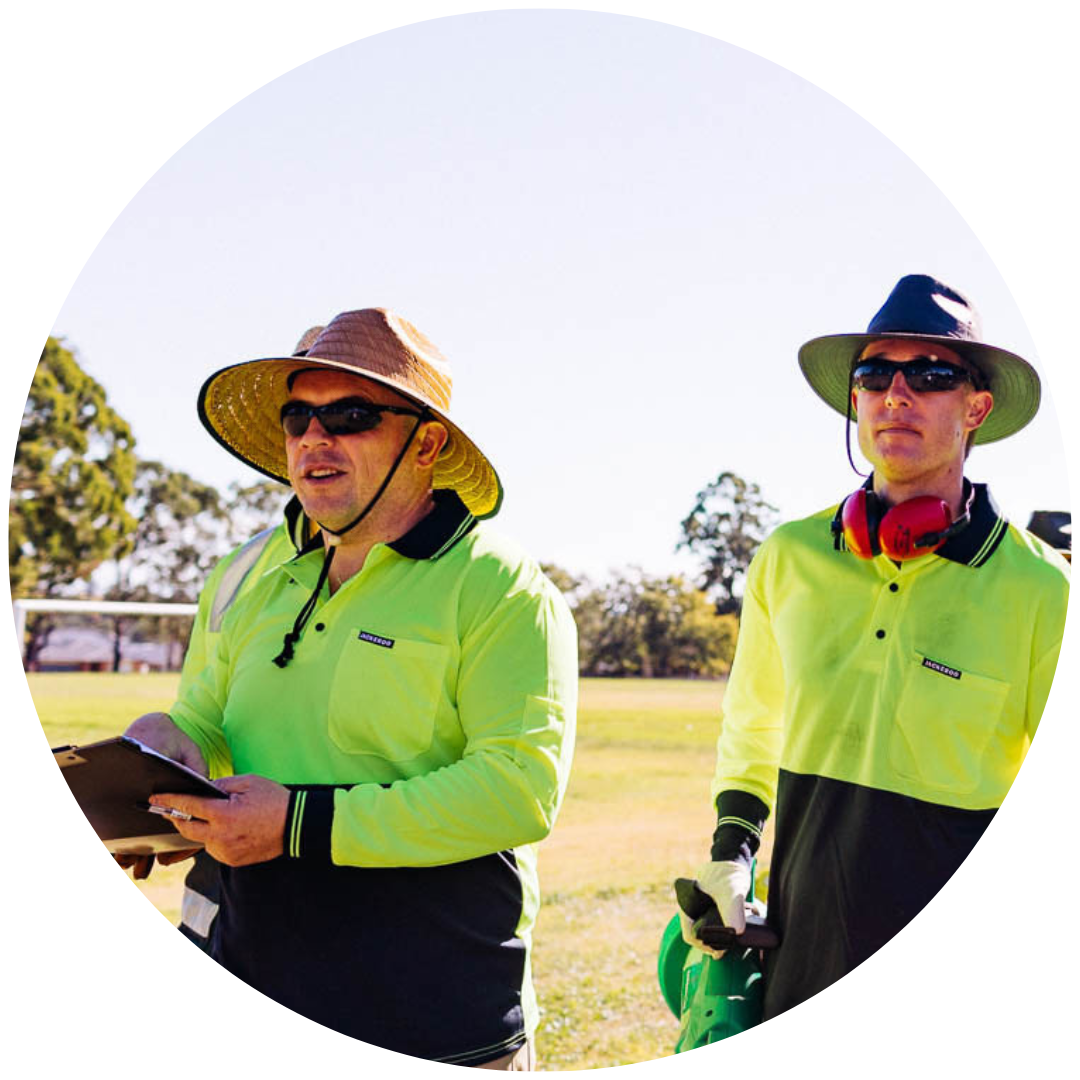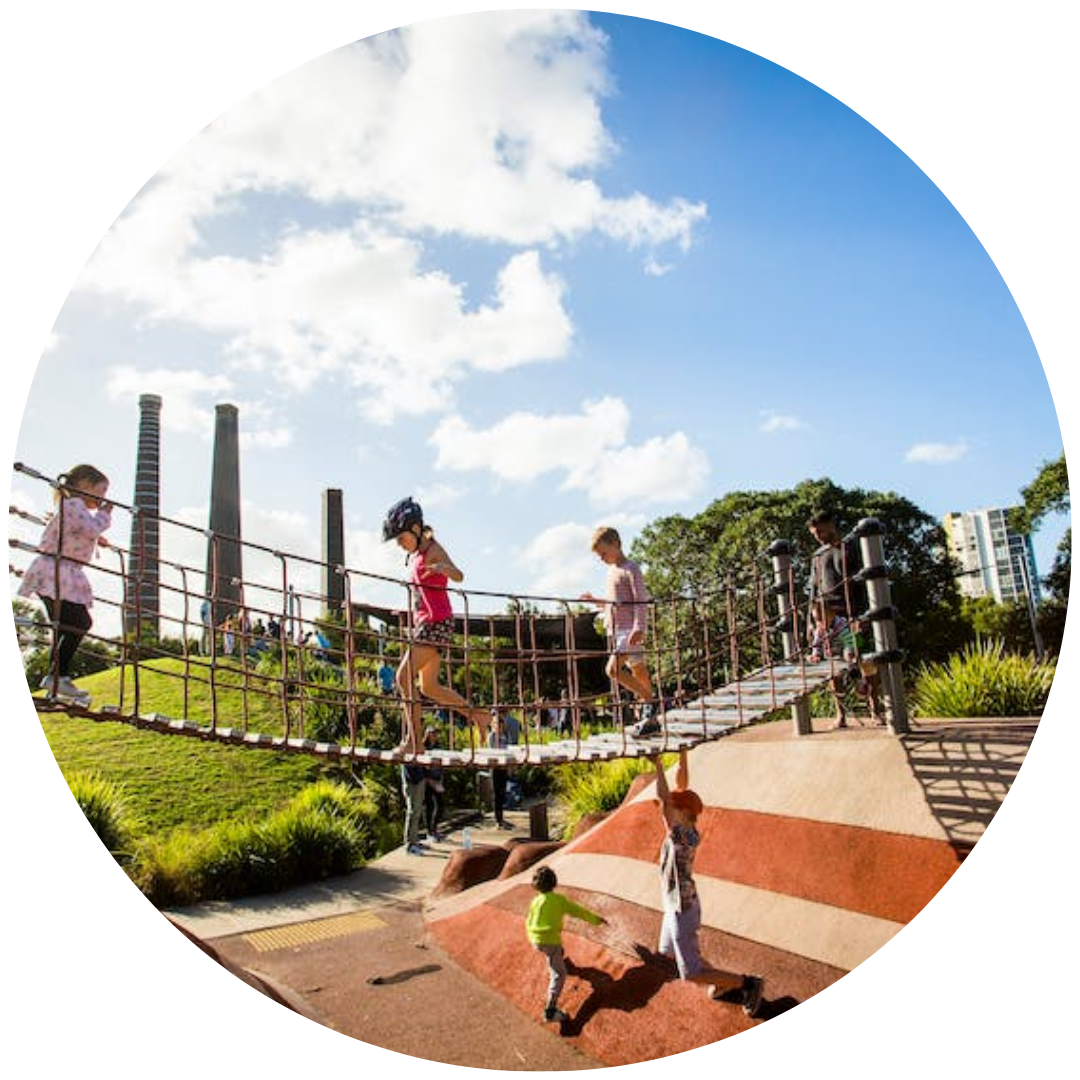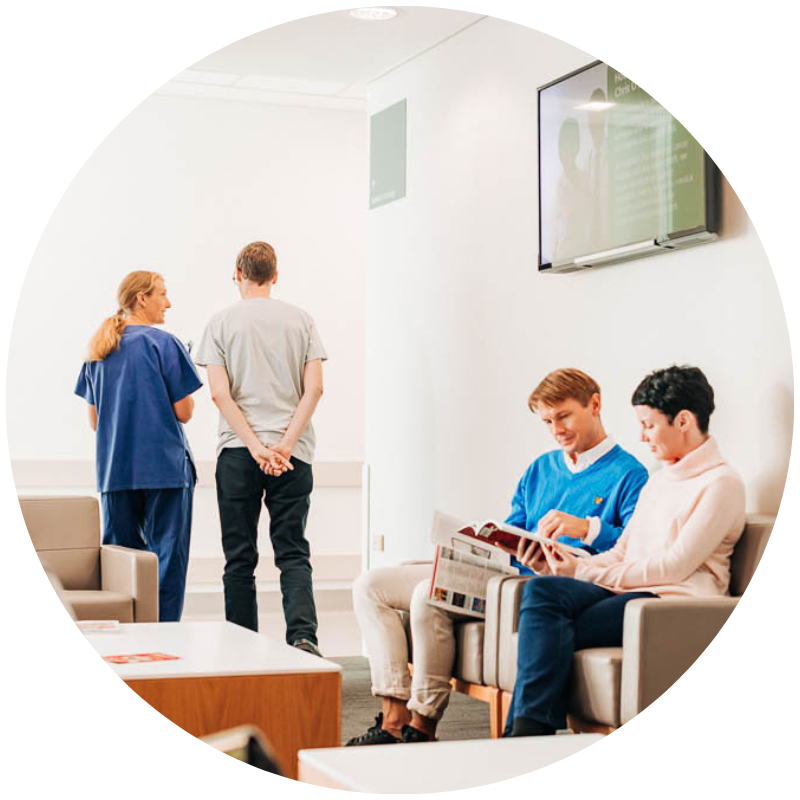Priority settings
As with the previous skin cancer prevention strategies, this Strategy recognises there are key places (priority settings) that present opportunities to impact people’s knowledge, attitudes and beliefs about exposure to UV, and provide a greater opportunity to influence sun protection behaviours. Priority settings are places where people work, learn, and play, as well as public places. Settings have also been given priority based on the existence of an organisational influence that can support sun protection through policies, procedures, programs, education, and leadership.
The priority settings are:
Community
This includes built environments, public places and transport waiting places (e.g bus stops, train stations) and corridors.
![]()
Education
This includes early childhood centres, primary and secondary schools, TAFE, universities, and colleges.

Workplaces
Especially industries and workplaces where people work outdoors.
![]()
Sport
This includes sporting organisations and places where sport is played.

Recreational
This includes recreational organisations and places such as parks, beaches and event destinations.

Healthcare
This includes primary care services and health professionals.
The opportunities for early detection of skin cancer in the Healthcare setting will be explored in the first three years of this Strategy, before further decisions are made about secondary prevention activities. While primary prevention has been and remains the focus of the NSW Skin Cancer Prevention Strategy, there is a growing need to better understand and identify opportunities to improve early detection of skin cancer. Contributing to improved early detection of skin cancer requires an understanding of the available evidence (and evidence priorities), and the establishment of new partnerships with stakeholders including healthcare consumers and healthcare providers.21
Learn more
View and download the Strategy to find out more about how we're working to lessen the impact of skin cancer in NSW.
